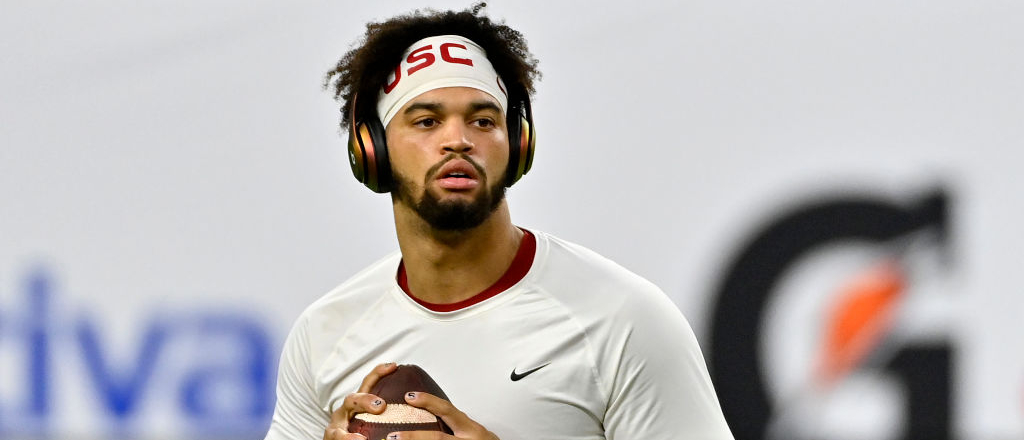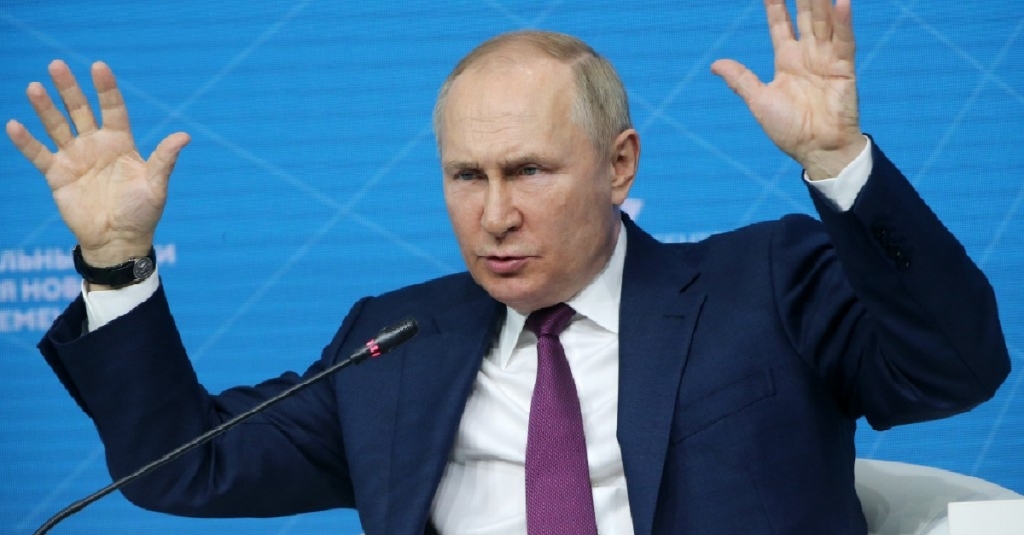Among the four members of the Cleveland Cavaliers’ core, Darius Garland authored the finest showing in their five-game, first-round flameout against the New York Knicks this past spring. After a torrid Game 1 performance, Donovan Mitchell’s jumper turned cold and he broke down defensively. Evan Mobley struggled mightily as a scorer and short-roll conductor. Jarrett Allen’s rebounding and defensive positioning were constant thorns in the side of Cleveland’s efforts.
Despite some issues, Garland acclimated himself fairly well in his introduction to playoff basketball. As New York engulfed him offensively and hunted him defensively, he averaged 20.6 points (56.6 percent true shooting), 5.0 assists and 1.6 steals per game.
The problem, though, was an inconsistent footprint. Garland endured lengthy stretches of muted impact. Nobody was a bigger victim of the team’s shoebox floor-spacing or Mobley and Allen’s regression in the first round than Garland. This is not to absolve him of any problems, but to note that many of Mitchell, Mobley, and Allen’s nosedives were less about the spacing shortcomings and more about areas they must remedy on their own.
Moving forward, he and the Cavs must build a roster and individual skillset to avoid the long periods of hibernation — they seem to have taken this lesson to heart by adding Max Strus and Georges Niang this summer. He is too good and too integral to their success. Against the Knicks, their offense faltered for numerous reasons, including Garland being relegated to bystander or neutralized option across possessions. That cannot be a recurring theme as they carve out permanent residence in the playoffs over the next handful of seasons.
When Cleveland aimed to involve Mobley in ball-screens, New York trapped the initiator, usually Garland, with Julius Randle. That left Mobley in 4-on-3s. I’ve previously talked about the imperative nature of his improvement in those spots. But the Knicks prompted them because it directed offense away from Garland without fear of consequence, assuming the likelihood of at least one non-shooter stationed around the perimeter that could be ignored to close off Mobley’s room inside.
Those traps and Mitchell Robinson’s willingness to play near the level are a major reason Garland’s pull-up three-point volume fell from 20.6 percent in the regular season to 11.3 percent in round one. His spot-up triple opportunities jumped to 26.3 percent from 15.5 percent, but the inability to bend defenses with the threat of pull-up shooting in high pick-and-rolls quelled some of his impact as a creator. That, along with New York’s range and length bombarding his dribble-drive pursuits, illuminates the slide of his playmaking numbers during the playoffs (32.8 percent assist rate down to 22.9 percent; 12.2 percent turnover rate up to 16.1 percent).
Typically, in these scenarios, he could seamlessly shift into an off-ball role. Among bona fide offensive engines, he’s a premier off-ball player in the league, sprinting into movement jumpers, reading and utilizing screens cunningly, and working off the catch absent a hiccup. In spurts, this tactic played out wonderfully for Cleveland. His third quarter explosion in Game 4, when he spammed handoffs en route to 11 points and five dimes, exemplifies the appeal of Garland off the ball.
Yet New York’s physicality — namely from RJ Barrett and Immanuel Quickley — and Cleveland’s clunky spacing wore him down and made it challenging to start so many possessions simply trying to get the ball in the point guard’s hands. Can he follow Stephen Curry’s lead and learn to disregard all that physicality while still thriving as an off-ball cog who rocks on the ball? Curry is better and bigger than him, though his development curve should remain relevant.
Too commonly, he and the Cavs’ pursuits were thwarted by top-locking and trapping. He’s become pretty averse to on-ball physicality, but off-ball physicality is a different aspect to now counter. The problems were cyclical. The surrounding personnel encouraged diverting the offense away from Garland on the ball. Garland’s own limitations rendered him easier to contain off the ball. The landscape left an All-Star-caliber guard resigned to life as a castaway.
Amplifying his arsenal thrusts some responsibility onto Mobley. Clean up the short-roll game to make trapping a less appealing and sensible gambit for defenses. Continue growing as a high-post and DHO hub to open up off-ball chances for Garland. Together, they pocket the keys for this franchise’s future.
In Game 2, Cleveland’s lone win and Garland’s finest outing behind 32 points on 8-of-17 shooting, its transition frequency was a series-high 18.4 percent — 4.1 points higher than its regular season average and 3.4 points higher than the playoffs. The Cavs could probably stand to prioritize running a bit more after ranking 19th in transition rate a season ago.
Four of Garland’s nine pull-up three attempts occurred in Game 4. His twitchiness and jitterbug handles were a terror to cover in space, only to be notably bottled up at a slower beat. Given the half-court struggles, athletic prowess and youthful nature of their four top players, dialing up the tempo could alleviate some offensive tensions, even if much of the onus primarily rests on growth from the roster rather than sweeping schematic or philosophical amendments.
On the ball, the lesson is clear: trust the handle. Garland is a sorcerer with the rock, treating it like a nonchalant accessory of his body. East-West or North-South, he weaves and slithers his way into space for drives, passes and jumpers. It proved particularly useful against New York, which prioritizes nail and strong-side help to eliminate the middle and curtail drives. Cleveland’s dearth of wing shooting simplified the strategy as well.
When Garland whipped the ball around stunts or slalomed through defenders to fashion forays deep into the paint, fortuitous outcomes followed. His handle is his best weapon and unlocks the scoring and passing. Treating it as such is imperative. That first-round series emphasized the necessity of always believing in his handle, even amid constant, mounting defensive pressure.
When Garland let help deter him, he and Cleveland’s offense suffered. I’d love to see him snake more pick-and-rolls. Maybe, Allen and Mobley can embrace the Gortat Seal to diversify their ball-screen dynamics. Improved ancillary shooting may declutter the paint and coax Garland to probe without fear of being submerged by a looming rim protector (or two).
Part of his 4-of-21 Game 3 showing was the ebbs and flows of shooting variance, but he also settled too much and didn’t wield his dexterous handle into beneficial spots enough. Life is already arduous as a slender, small guard who’s more shifty than explosive. Tucking away his best tool for creation left him confronting an increasingly daunting reality. The dichotomy in process when he preserved a live dribble versus when he extinguished it was stark. Let that ball boogie and bounce!
The leading plotline of the summer for Garland and the Cavs should be answering this question: How do we ensure he’s an omnipresent threat offensively? An inconsistent signature defined his good, albeit sporadic, first round. A serviceable playoff debut should be succeeded by star-laden encores. Doing so requires his star to shine bright at all times, not solely for moments, quarters or singular games, rather than letting it flicker. Accomplishing that means steadfast deploying his mystifying handle, shoring up his off-ball physicality, and enjoying a context better tailored to elevate everything he brings to the hardwood. The Cavs have at least attempted to alleviate that last concern with their free agency acquisitions on the wing, but it’s incumbent on Garland to take the strides in the other areas to carry regular season success into the playoffs in 2024.



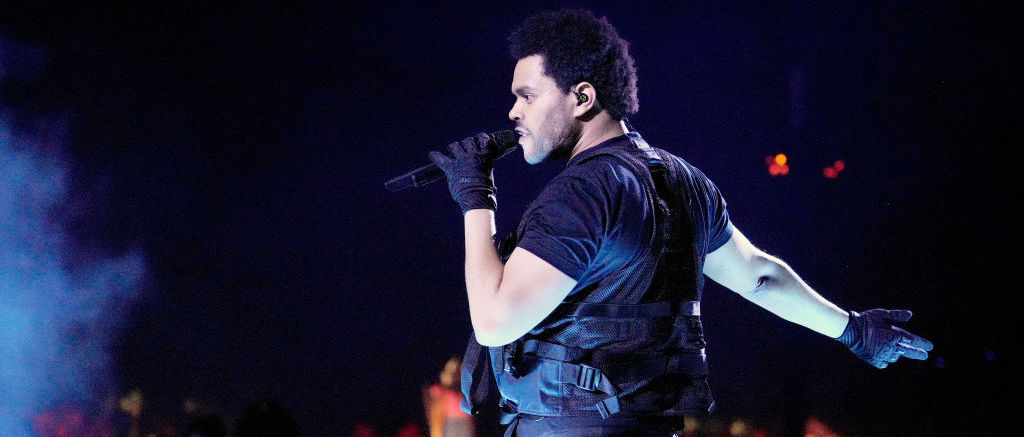
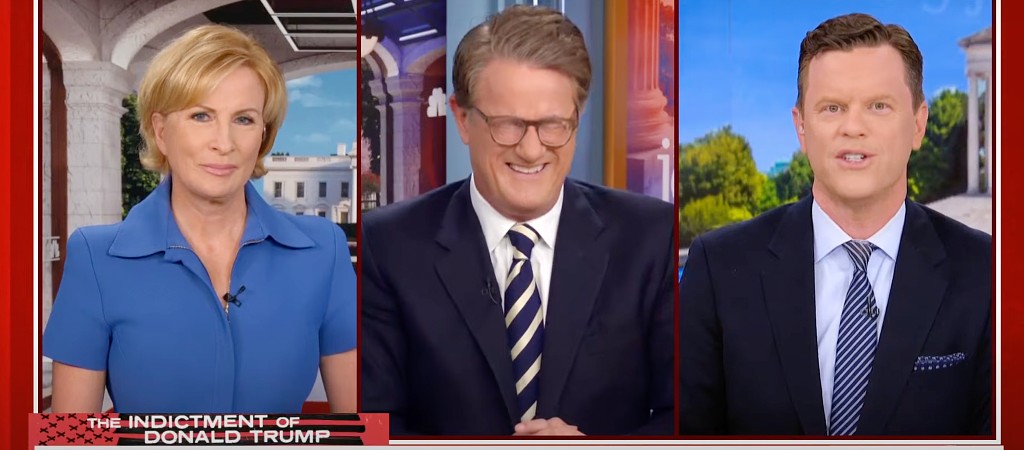
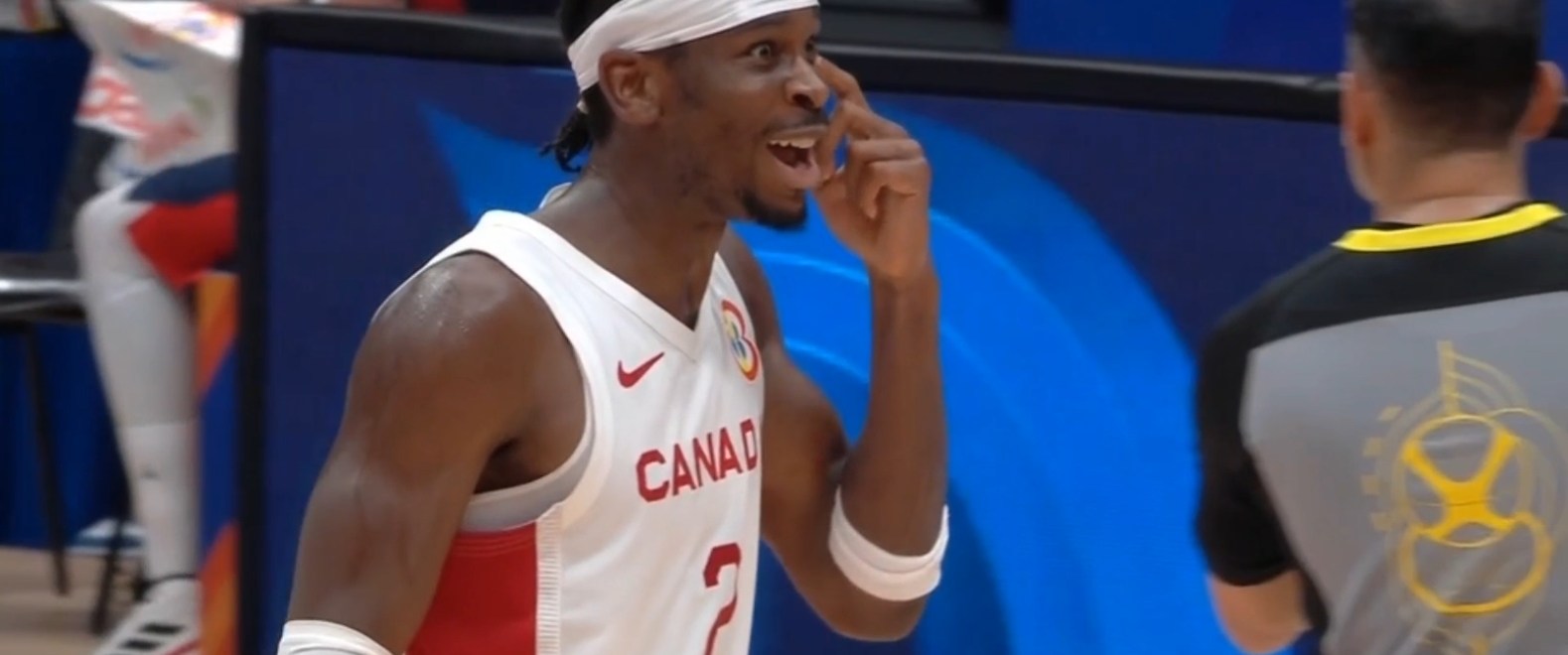


 (@FIBAWC)
(@FIBAWC) 
